Shared Language
We all know that language is key to having our voice heard, to listening to others, to understanding them and to connecting.
This page shares some of the common language that we use in Leading to Change and what we mean when we use it.
There are some key terms that are central to the communication, engagement and work within Leading to Change.
We share them here so that we can all contribute, understand and connect in a more human way.

“Compassionate leadership in practice means leaders listening with fascination to those they lead, arriving at a shared (rather than imposed) understanding of the challenges they face, empathising with and caring for them, and then taking action to help or support them.”
“Where leaders model a commitment to high-quality and compassionate care, this impacts everything from clinical effectiveness and patient safety to staff health, wellbeing and engagement”.
— The Kings Fund

Shared Language
The above definition from The Kings Fund is helpful as it is practical and focuses on listening with fascination (listening to hear rather than assuming we already know), searching for shared understanding (avoiding assumptions again) the importance of empathising and caring for the people we work with (seeing each other as real people) and then taking action, however small, to help or support them. It is an active leadership, not passive and takes intention and practice.
Collaboration
Collaboration is looking and working across boundaries in pursuit of common purpose and outcomes; and being adaptive to navigate complexity, volatility and uncertainty.
The complex nature of social work, social care and health means that we need to work more effectively in multi-professional teams, collaboratively across organisational boundaries, and alongside people in our communities.
We believe in promoting a more collective approach to leadership – meaning that we need both to develop the leadership capacity across sectors as well as support people at all levels of our organisations to develop their leadership capabilities.


Leadership
Leadership happens at the three inter-connected levels of self, team and system – and this is reflected in our approach to developing leadership:
- Self – reflecting on, understanding and developing self as a person and as a leader
- Team – learning more about leading and working effectively within teams as well as collaboratively between teams
- System – understanding the context, how to think and lead systemically, and reflecting on and learning from the opportunities and challenges of working collaboratively across the system.


